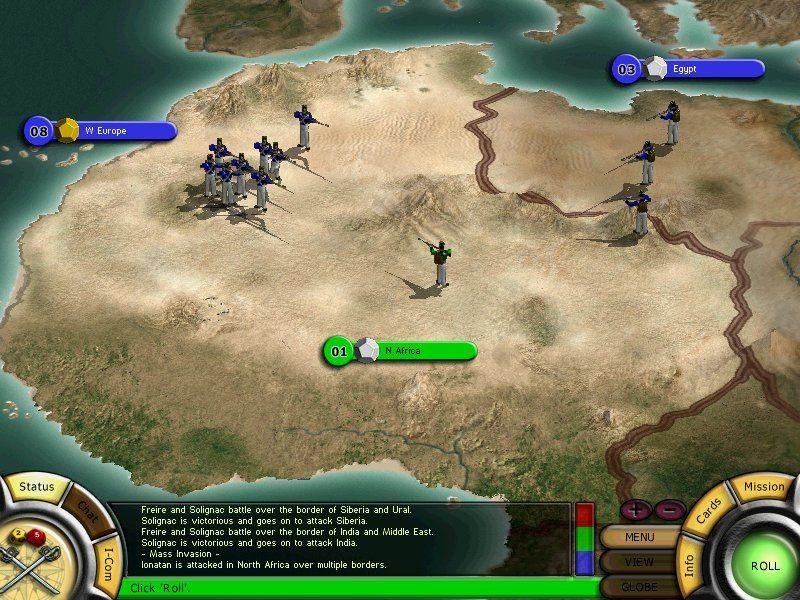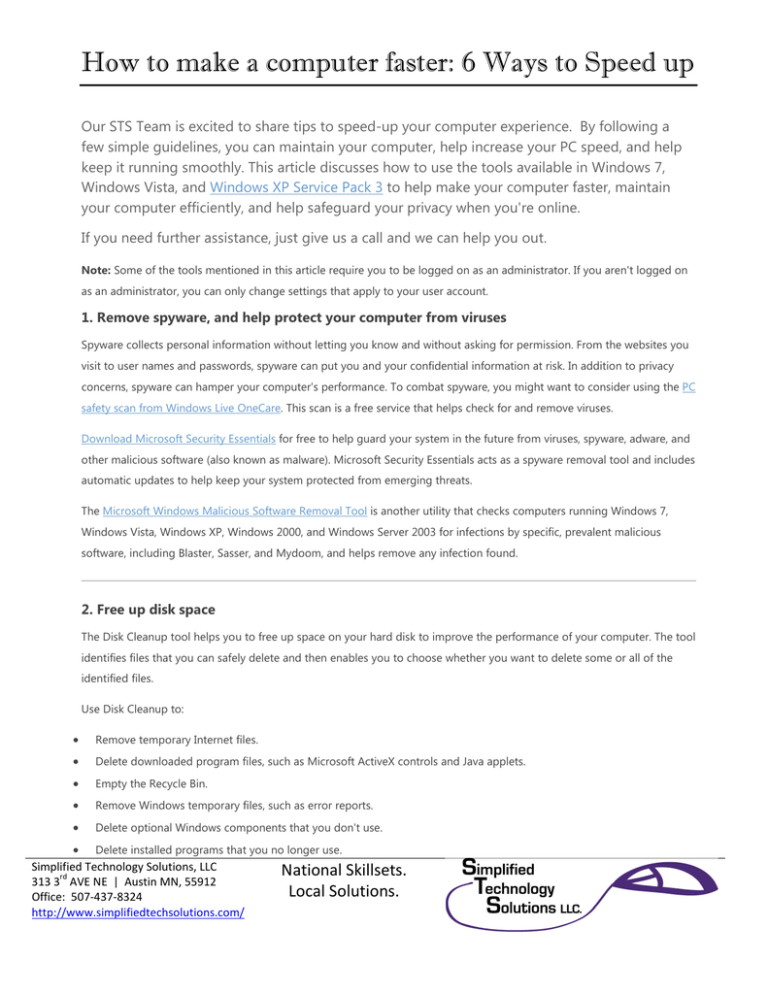

- #HOW TO GET RISK 2 TO WORK ON WINDOWS 7 HOW TO#
- #HOW TO GET RISK 2 TO WORK ON WINDOWS 7 INSTALL#
- #HOW TO GET RISK 2 TO WORK ON WINDOWS 7 SOFTWARE#
- #HOW TO GET RISK 2 TO WORK ON WINDOWS 7 WINDOWS 8.1#
Step 1: Open Power Shell or Command Prompt as administrator. Step 3: Once the file is opened in the web browser, you can view the date on which the file was generated, and also the score for your hardware, such as system score (base score), memory score (RAM score), CPU score, graphics score, disk score, and gaming score (gaming graphics).Īnd if Formal.Assessment file isn’t present in DataStore folder, you need to follow the below-mentioned instructions to generate the file and view it:

Step 2: Locate the file titled Formal.Assessment (Initial).WinSAT and double-click on the file (if you have multiple files, please open the latest one) to open up the XML file in your default web browser.
#HOW TO GET RISK 2 TO WORK ON WINDOWS 7 WINDOWS 8.1#
(Where “C” is your Windows 8.1 installed drive) Step 1: Sign-in to your account and navigate to the following folder:
#HOW TO GET RISK 2 TO WORK ON WINDOWS 7 INSTALL#
Step 2: Install the program and run the same to view the Windows Experience Index score for your PC.įollow the given below instructions to check the WEI score in Windows 8.1 without the help of third-party tools: Step 1: Head over to this page and download ChrisPC Win Experience Index software.
#HOW TO GET RISK 2 TO WORK ON WINDOWS 7 HOW TO#
Update: If you’re on Windows 10, please check out how to get Windows Experience Index in Windows 10 guide. "You need to carefully evaluate whether your efforts and money would be better spent on modernizing to Windows 10 rather than continuing to prop up an expired platform," he added.UPDATE: We recommend you check out our 3 free tools to get Windows Experience Index in Windows 8.1 guide to know all three free tools out there to get the missing feature in Windows 8.1. Ultimately, there is no way to completely protect an unsupported machine, Kleynhans said. However, this would likely leave your machine less useful, and possibly unfit for using, said Gartner analyst Steve Kleynhans. This is pretty extreme, but to more fully protect your computer, you would have to isolate it from the internet and avoid using USB ports. Isolate the machine from the internet and lock down USB ports Here are the best password managers for 2021 and how to use them. A couple options CNET recommends are LastPass and 1Password. Invest in a password manager that will help you create strong, unique passwords for every account, and keep track of them. Since using Windows 7 machines now come with increased security risks, reusing passwords won't cut it anymore. For a little more advice, here's are three features to look for to identify a good VPN, and CNET's directory of the best VPNs available. Just make sure you always avoid free VPNs. A VPN is a great option for a Windows 7 machine, because it will keep your data encrypted and help protect against hackers breaking into your accounts when you're using your device in a public place. Click OK to save your settings.Ī Virtual Private Network (VPN) is a tool that creates a private, secure network between your Wi-Fi connected device and the websites you browse, hiding your activity and providing a private connection. This will determine which applications can run on which type of network. You'll see a list of your programs, and can check a box for Public or Private network. Under Windows Firewall, click Allow a program through Windows Firewall. To whitelist applications, go to Start > Control panel > System and Security.
#HOW TO GET RISK 2 TO WORK ON WINDOWS 7 SOFTWARE#
To prevent malicious software and unapproved programs from running on your Windows 7 machine, you can whitelist applications that you consider safe, blocking others (so that your banking application doesn't run while you're at a coffee shop, for example). From there, choose whether you want to go through Documents, Pictures, Music or Videos, and delete files as needed. There are a few ways to look through your files, but one is to go to Start > Computer > Libraries. Select any programs you want to uninstall, and hit Uninstall. To prune your programs, go to Start > Control panel > Programs > Programs and features. Getting rid of old or unused applications and files can help lower your chances of a privacy breach. Remove unnecessary applications and files


 0 kommentar(er)
0 kommentar(er)
